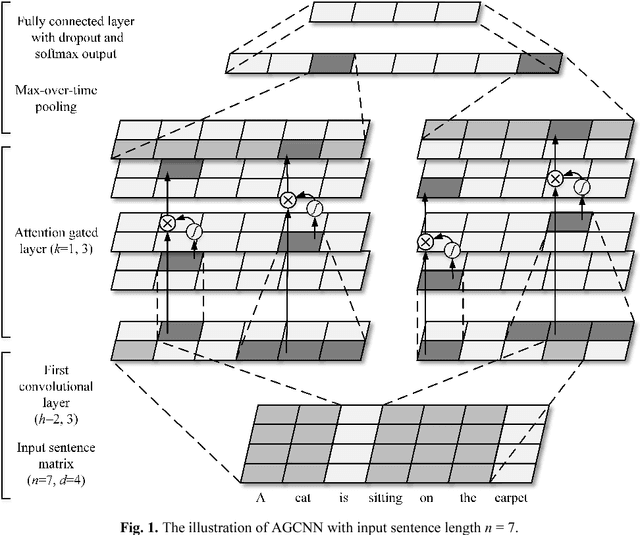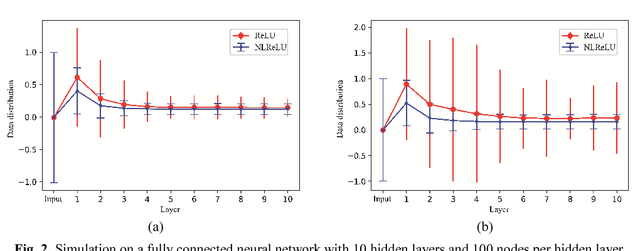Ruiyang Huang
Criticality-Based Dynamic Topology Optimization for Enhancing Aerial-Marine Swarm Resilience
Aug 01, 2025Abstract:Heterogeneous marine-aerial swarm networks encounter substantial difficulties due to targeted communication disruptions and structural weaknesses in adversarial environments. This paper proposes a two-step framework to strengthen the network's resilience. Specifically, our framework combines the node prioritization based on criticality with multi-objective topology optimization. First, we design a three-layer architecture to represent structural, communication, and task dependencies of the swarm networks. Then, we introduce the SurBi-Ranking method, which utilizes graph convolutional networks, to dynamically evaluate and rank the criticality of nodes and edges in real time. Next, we apply the NSGA-III algorithm to optimize the network topology, aiming to balance communication efficiency, global connectivity, and mission success rate. Experiments demonstrate that compared to traditional methods like K-Shell, our SurBi-Ranking method identifies critical nodes and edges with greater accuracy, as deliberate attacks on these components cause more significant connectivity degradation. Furthermore, our optimization approach, when prioritizing SurBi-Ranked critical components under attack, reduces the natural connectivity degradation by around 30%, achieves higher mission success rates, and incurs lower communication reconfiguration costs, ensuring sustained connectivity and mission effectiveness across multi-phase operations.
An Attention-Gated Convolutional Neural Network for Sentence Classification
Aug 28, 2018



Abstract:The classification task of sentences is very challenging because of the limited contextual information that sentences contain. In this paper, we propose an Attention Gated Convolutional Neural Network (AGCNN) for sentence classification, which generates attention weights from the feature's context windows of different sizes by using specialized convolution encoders, to enhance the influence of critical features in predicting the sentence's category. Experimental results demonstrate that our model could achieve a general accuracy improvement highest up to 3.1% (compared with standard CNN models), and gain competitive results over the strong baseline methods on four out of the six tasks. Besides, we propose an activation function named Natural Logarithm rescaled Rectified Linear Unit (NLReLU). Experimental results show that NLReLU could outperform ReLU and performs comparably to other well-known activation functions on AGCNN.
 Add to Chrome
Add to Chrome Add to Firefox
Add to Firefox Add to Edge
Add to Edge